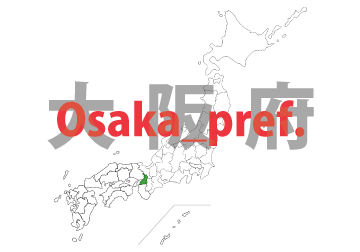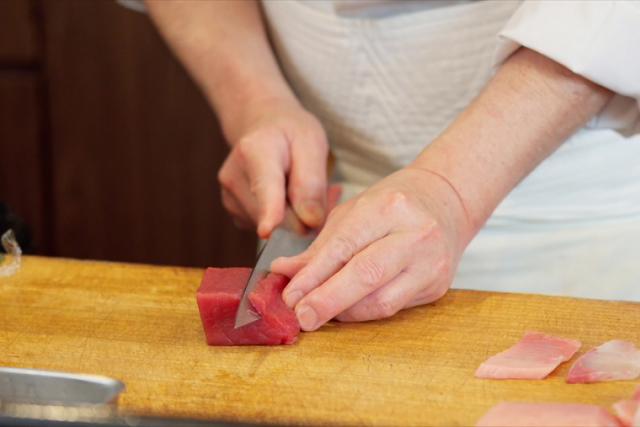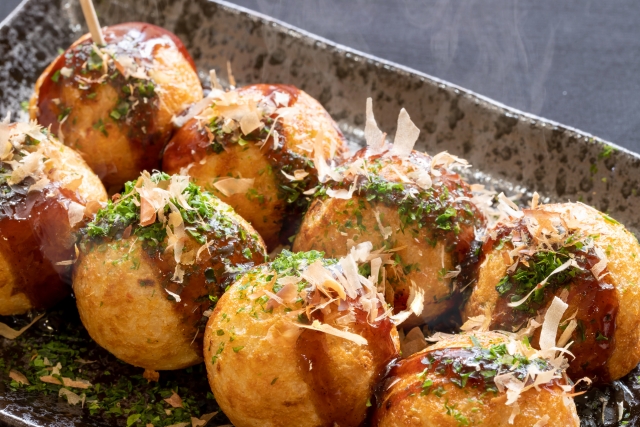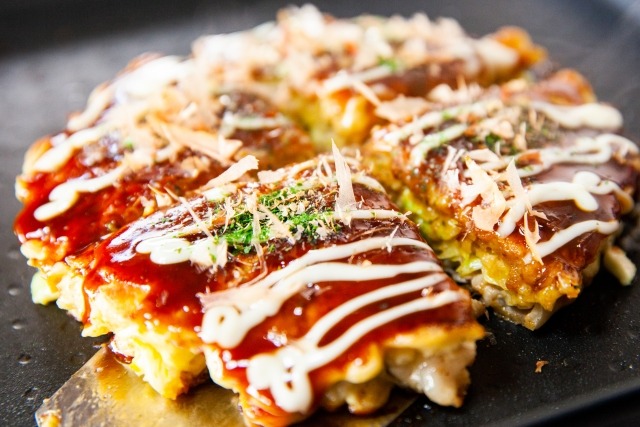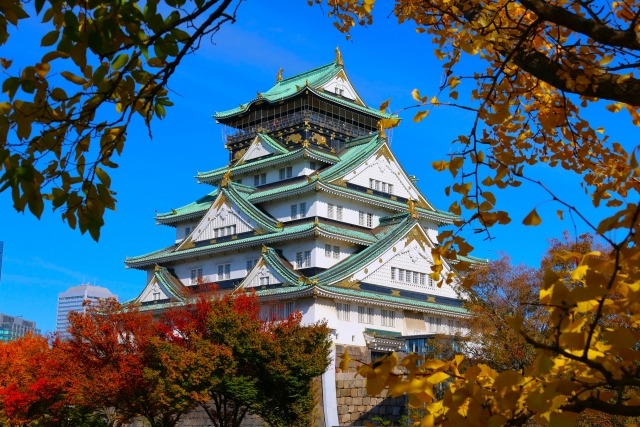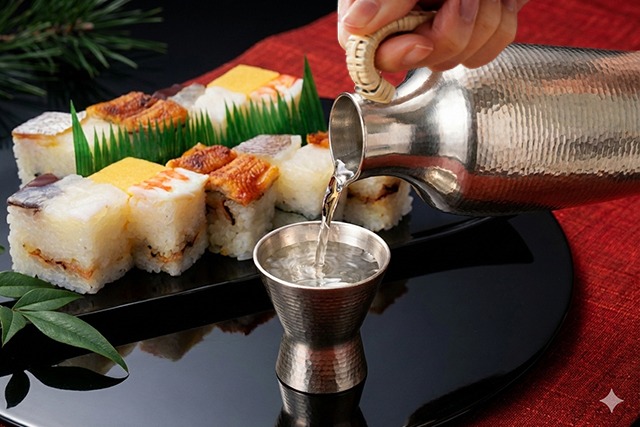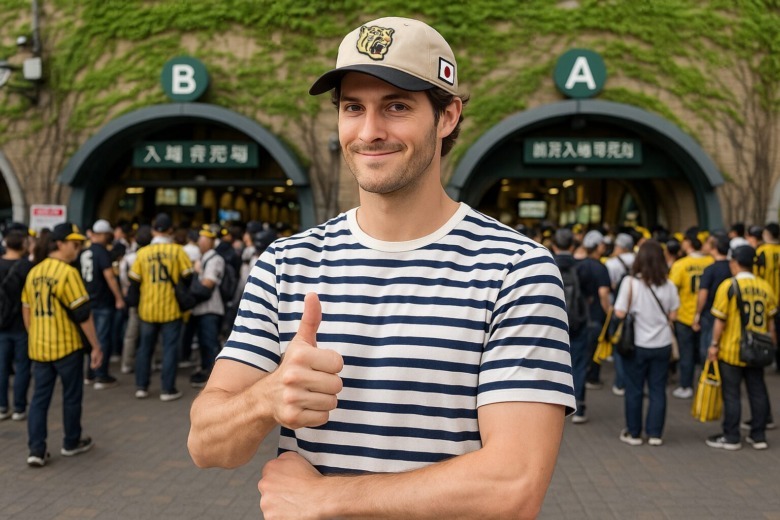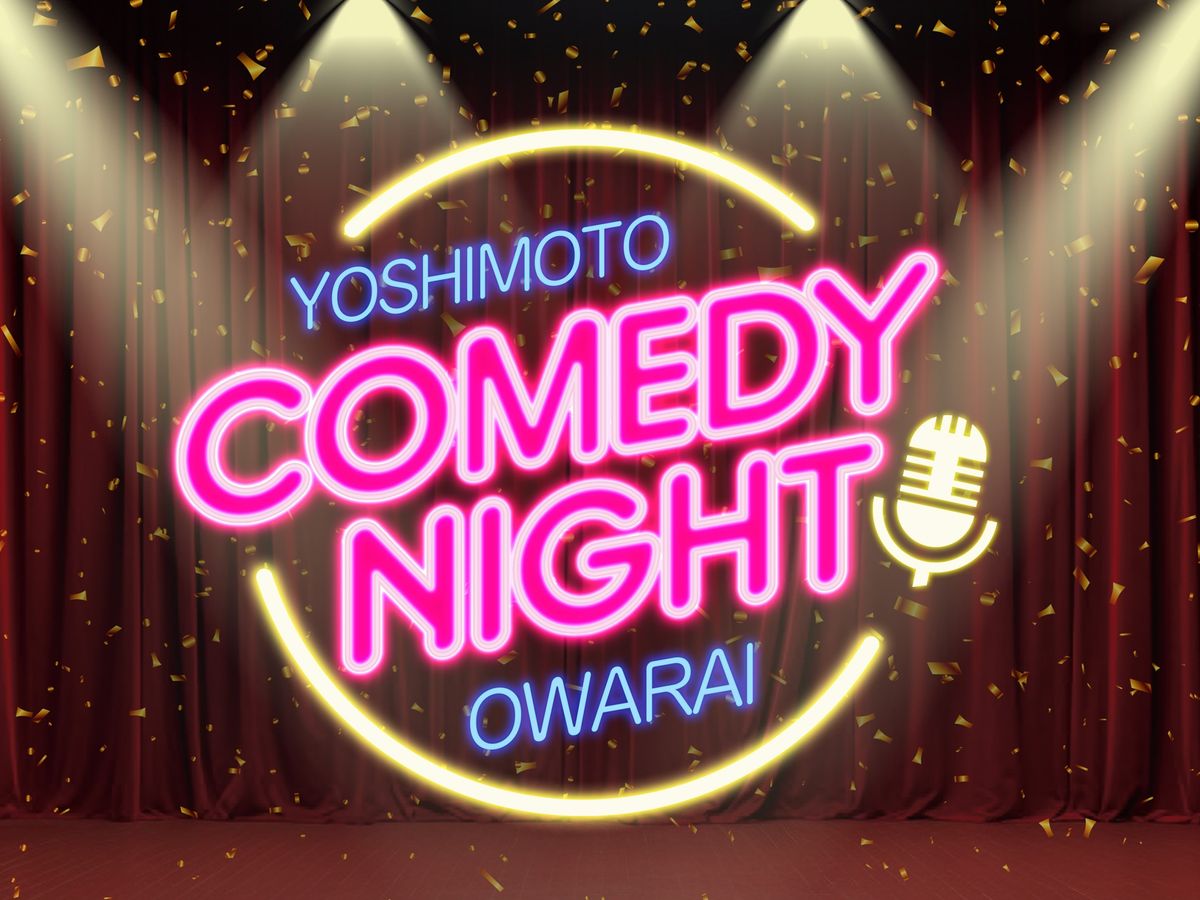
- Oosaka (Osaka) Prefecture – the city of comedy and kuidaore where life and inspiration never stop flowing
- A riverside stroll that stitches centuries together
- When flour meets broth: aromas that play the city like a jazz set
- Children’s songs that echo like laughter across the canals
- Oosaka Omiyage (Souvenir)
- SAKAI Takayuki Damascus patterns Gyuutou (Chef’s Knife)
- Electric Takoyaki & Grill Plate Set (Multifunction Nonstick Baking Maker)
- Osaka-Style Okonomiyaki Kit (4 Servings)
- Osaka Castle Wooden 3D Puzzle – Fun DIY Wood Craft Kits –
- Osaka-made pewter server and sake cup (tinware)
- NPB (Nippon Professional Baseball) Hanshin Tigers Baseball Cap
Oosaka (Osaka) Prefecture – the city of comedy and kuidaore where life and inspiration never stop flowing
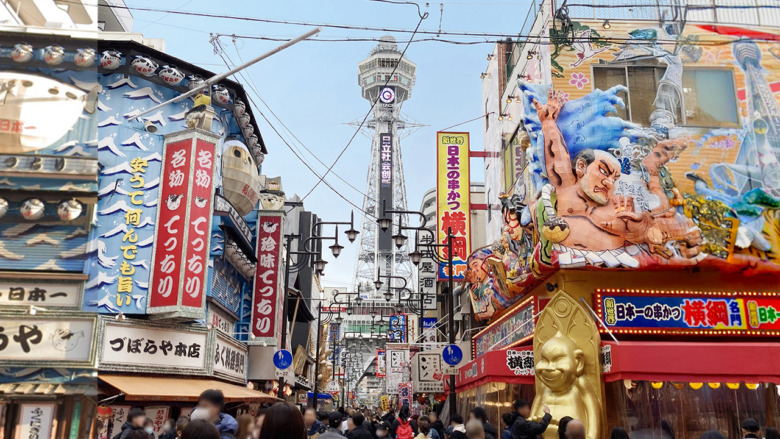
Legend says that the region was first opened up by Jinmu-tennou (Emperor Jinmu), the mythical first sovereign of Japan, in 660 BCE. Centuries later, TOYOTOMI Hideyoshi erected Oosaka‑jou (Osaka Castle) and turned the area into a flourishing castle town. Today, the prefectural capital Oosaka -shi (Osaka City) is Japan’s second‑largest metropolis and the biggest city in western Japan, anchoring an economic sphere of nearly twenty million people. Surrounded by the broad plains of Sakai and Kawachi and laced by the Yodo and Yamato rivers, Oosaka is often called “the water capital.”
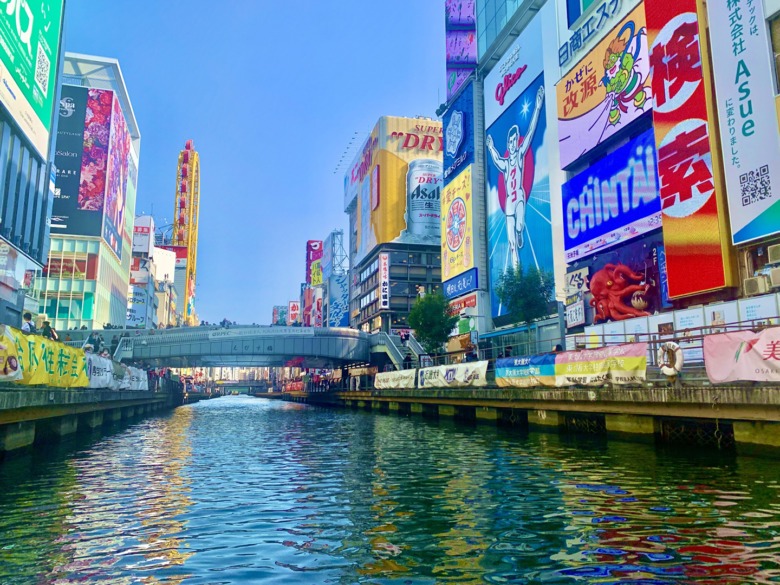
Doutonbori
Winters are mild, summers humid, and an annual average temperature of about 16 °C makes the climate ideal for trade. From the early modern era, that setting transformed the city into “Tenka no Daidokoro,” the nation’s kitchen, where rice, soy sauce, and news converged. Even today, artisanal crafts such as Sakai uchihamono (razor‑sharp kitchen knives) and Naniwa suzu‑ki tinware prove that utility and playful elegance coexist. People talk fast, lend a hand unasked, and finish every story with a laugh—proof that the warm‑hearted merchant spirit remains alive.
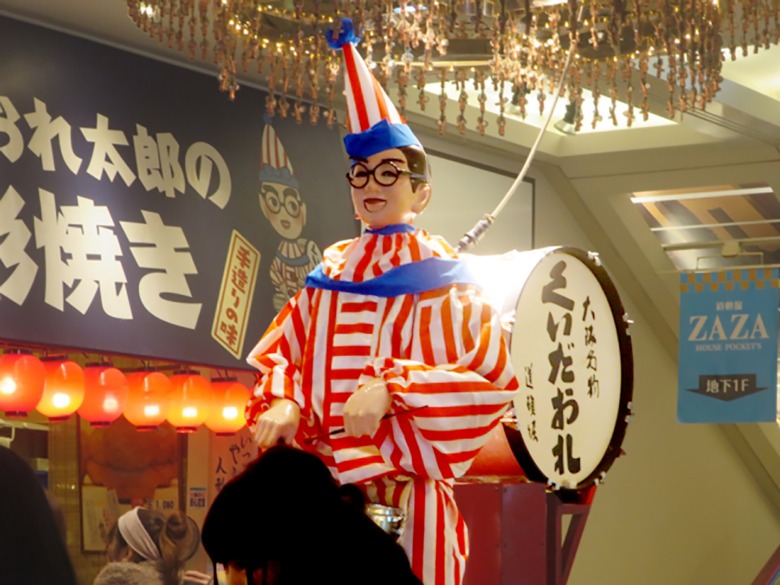
Kuidaore Tarou
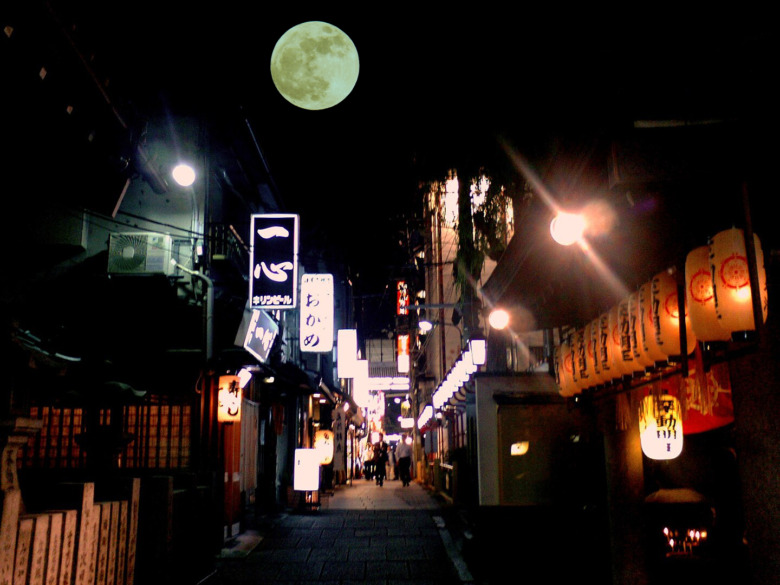
Houzenji yokochou, By warabi hatogaya, CC BY 3.0, LinkUsed under a non-porting license. Changes made.
A riverside stroll that stitches centuries together
Stand on Ebisu‑bashi above the Doutonbori (Dotonbori) Canal and let the neon‑lit Glico runner splash color across the water while voices in half a dozen languages drift past. Just upstream, massive stone ramparts mesh with mirror‑glass towers around Oosaka‑jou (Osaka Castle), setting TOYOTOMI Hideyoshi’s 16th‑century ambitions against a 21st‑century skyline.
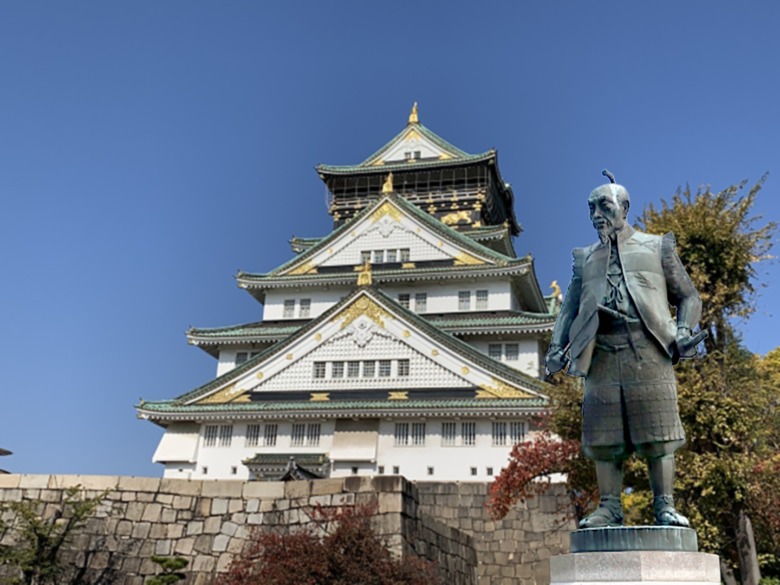
Oosaka jyou(Osaka Castle)
Head south and you’ll reach Universal Studios Japan—affectionately nicknamed “Yuniba” by local Oosaka (Osaka) people—which welcomes more than sixteen million guests a year, drawing in everyone from Mario‑cap kids to die‑hard oshi‑katsu pop‑culture fans.
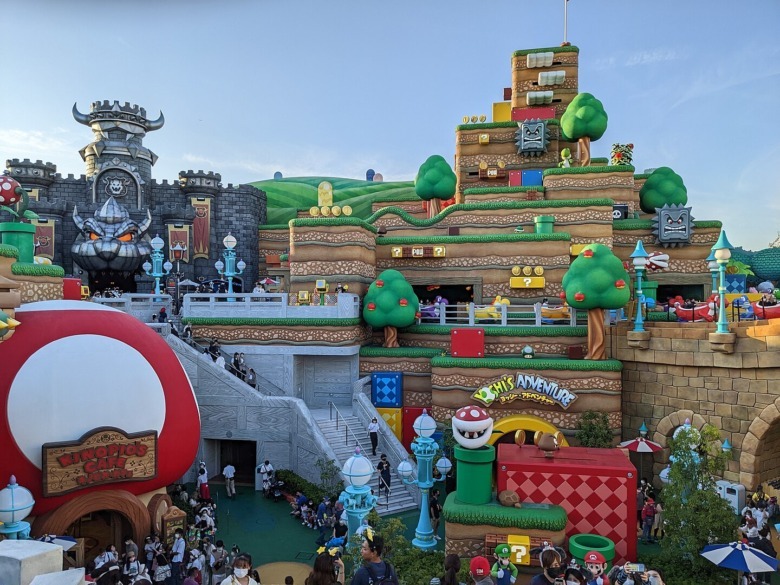
Universal Studio Japan_Nintendo world, By Jpatokal – Own work, CC BY-SA 4.0, Link
Craving retro vibes? Slip into Shinsekai (“New World”), where lanterns the color of soy glaze sway beneath Tsutenkaku Tower and the scent of deep‑fried batter curls through arcade alleys. When the city’s beat grows loud, ride the Hankyuu (Hankyu) line to Minoo (Minoh) Park, where scarlet maples frame a white‑ribbon waterfall, then float back on a river cruise to Nakanoshima’s sleek museums—each low bridge a film splice binding centuries into one seamless take.

Shinsekai Jyanjyan-yokochou (https://www.photolibrary.jp)
When flour meets broth: aromas that play the city like a jazz set
Turn any corner and steam scented with kombu kelp and shaved bonito swims into your nostrils, chased by the sweet‑and‑savory tang of sauce.
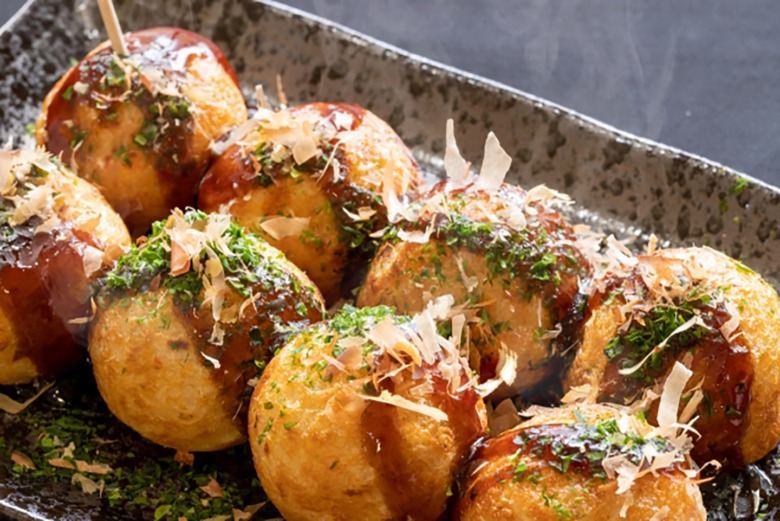
Takoyaki
In 1935, Endou Torikichi of Nishinari invented spherical takoyaki—a riff on his earlier “Radio‑yaki” beef‑gristle balls—creating a global street‑food word overnight. On sizzling iron griddles, layers of batter, yam, pork, and cabbage become okonomiyaki, each “sizzle‑pop” adding percussion to Doutonbori’s back‑alley soundtrack.
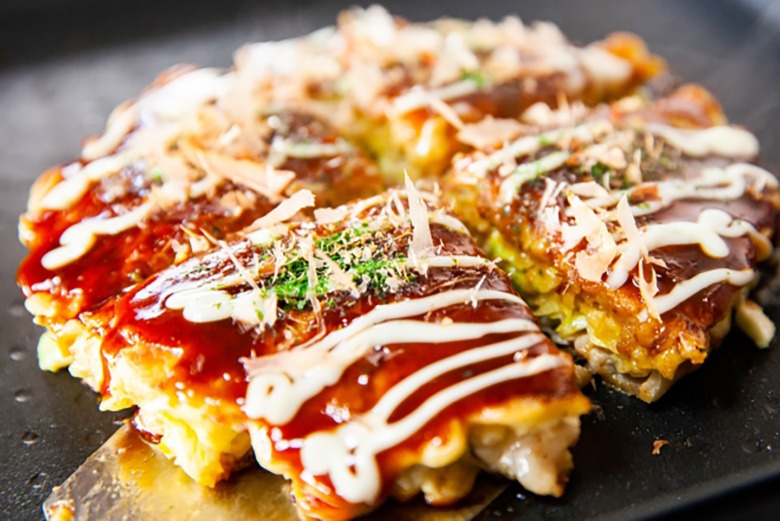
Okonomiyaki
At Shinsekai counters, patrons spear deep‑fried kushiage/kushikatsu skewers into a communal vat of Worcestershire‑based sauce—but remember the famous rule painted beside every table: “Nido‑zuke kinshi,” strictly no second dipping, both for hygiene and to keep flavors clean.
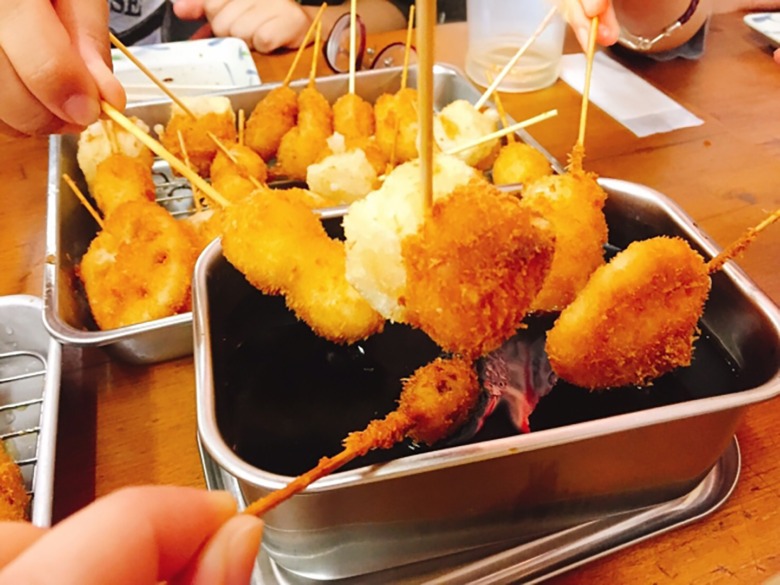
Kushiage
And in a quiet lane behind Shinsaibashi, the century‑old Usami‑tei Matsubaya ladles clear broth over sweet‑simmered tofu pouches to create kitsune udon, giving the flour‑centric city a gentle coda. These layered scents—flour, dashi, soy—wrap stray travelers in an edible embrace, even far from the tourist routes.
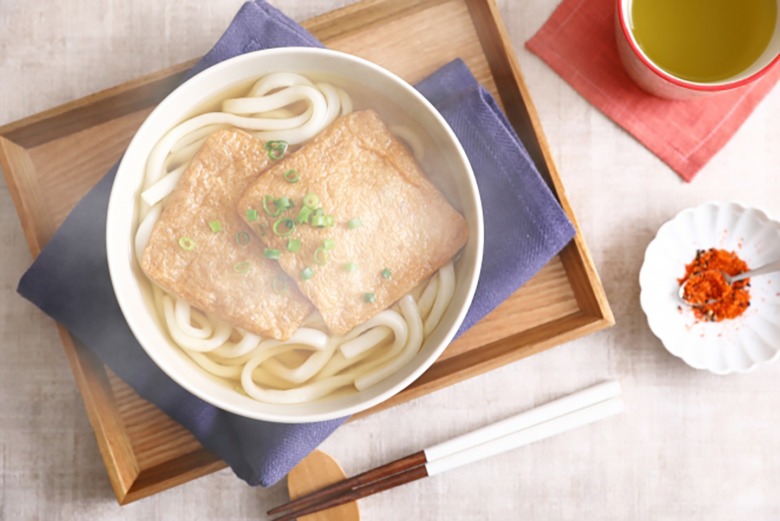
Kitsune udon
Children’s songs that echo like laughter across the canals
In the yard of Minami‑Oosaka Kindergarten in Abeno, a simple stone stands engraved with the lyrics of “Sacchan,” a playful tune composer SAKATA Hiroo wrote for a childhood friend.

Sacchan monument, By Ty19080914 – Own work, CC BY-SA 4.0, Link
Northward in Ikeda City, a monument to “Hato Poppo” (“Coo‑Coo, Little Pigeon”) recalls lyricist HIGASHI Kume and composer TAKI Rentarou, pioneers of Western‑style music in early Meiji Japan.
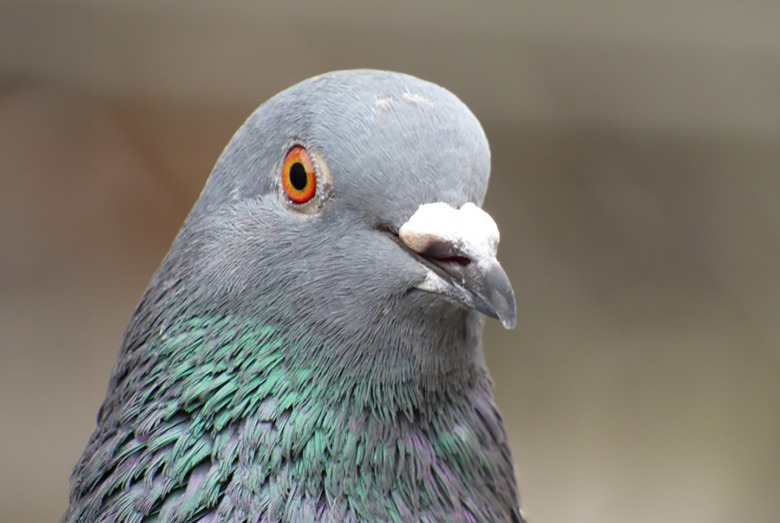
Hato-poppo (Pigeon)
Follow the Ookawa (a Yodo tributary) to Minami‑Temma Park and you’ll meet a statue of a young babysitter singing “Temma no Komori‑uta,” a lullaby born amid the bustle of a historic produce market. Newer voices join the chorus: “Oosaka Umaimon no Uta,” a modern hand‑clap chant name‑checking takoyaki, okonomiyaki, and the neon of Tsutenkaku, lets kids turn local flavor into body language. Floury aromas, shimmering canal lights, and children’s melodies—together they write the rhythm of a city whose farewell is always a smiling “Honma, ookini.”

owarai
Oosaka Omiyage (Souvenir)
SAKAI Takayuki Damascus patterns Gyuutou (Chef’s Knife)
Sakai-made knives are highly regarded for their quality and rust resistance. Professional chefs and home cooking enthusiasts alike use them. These knives feature beautiful hammered patterns, excellent sharpness, and excellent balance.
Electric Takoyaki & Grill Plate Set (Multifunction Nonstick Baking Maker)
This compact electric grill comes with three interchangeable plates for takoyaki, okonomiyaki, and other bite-sized dishes. Place it in the center of your table to enjoy the lively atmosphere of an Osaka street stall.
Osaka-Style Okonomiyaki Kit (4 Servings)
Osaka’s leading okonomiyaki ingredient maker, Otafuku, offers this convenient kit containing flour mix, tempura bits, yam powder, and green nori. It has everything you need to make fluffy, Osaka-style okonomiyaki at home.
Osaka Castle Wooden 3D Puzzle – Fun DIY Wood Craft Kits –
This 3D wooden puzzle depicts Osaka Castle, one of Japan’s most iconic historical structures. Built by Toyotomi Hideyoshi, the castle is famous for its tower. Experience the satisfaction of creating your own miniature landmark.
Osaka-made pewter server and sake cup (tinware)
This Osaka-made pewter server and sake cup set is valued for the metal’s unique ability to impart a gentle, mellow flavor to sake. The small, stemmed cup has an elegant sheen, and it feels satisfyingly solid in the hand due to its substantial weight.
NPB (Nippon Professional Baseball) Hanshin Tigers Baseball Cap
This baseball cap is beloved by Osaka locals for the Hanshin Tigers. It features an adjustable strap for a comfortable fit. Show your support for Kansai’s most passionately loved team by wearing it to games or while walking around town.

